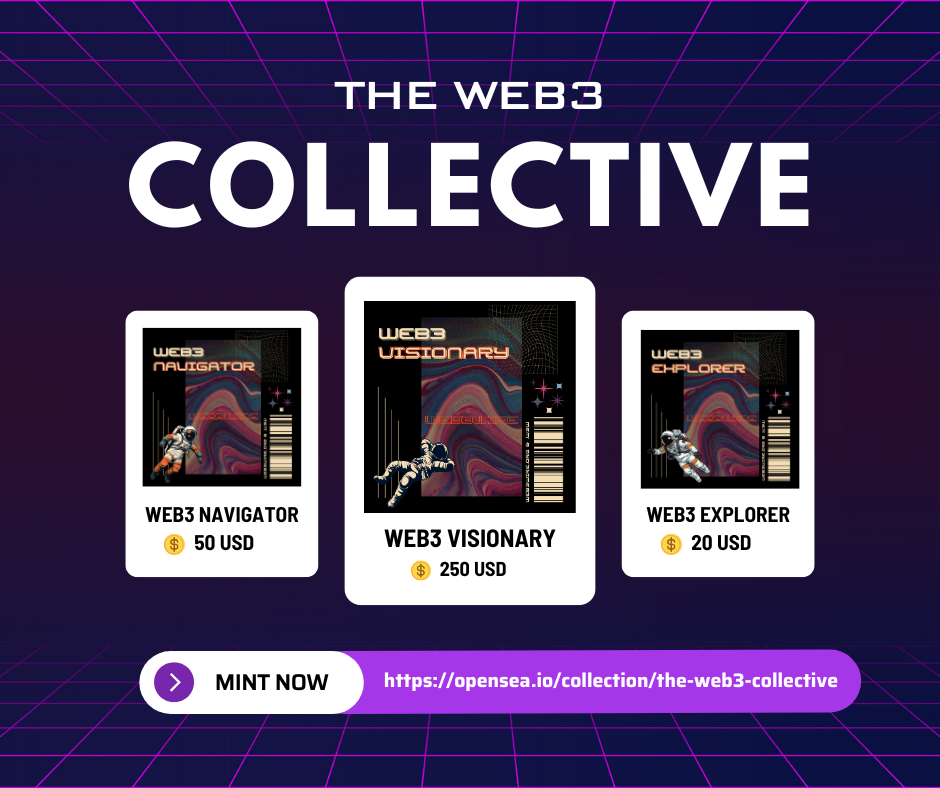According to a new study by DataHorizzon Research, the “Digital Fashion Platform Market” is projected to grow at a CAGR of 14.3% from 2025 to 2033, driven by the convergence of fashion and technology, the rapid growth of virtual environments, and increasing adoption of 3D clothing design tools among fashion brands. The global shift toward digital experiences, from online retail to metaverse commerce, is transforming how fashion is created, distributed, and consumed. As fashion houses embrace sustainability and digital transformation, digital fashion platforms are emerging as key enablers, providing designers and consumers the ability to create, try, and purchase virtual garments for use in gaming, social media, and virtual reality spaces.
Market Size & Insights
The digital fashion platform market has evolved from niche innovation to a mainstream technology-driven industry, offering endless creative possibilities. The digital fashion platform market is valued at approximately USD 12.7 billion in 2024 and is anticipated to reach around USD 46.8 billion by 2033, reflecting a CAGR of 14.3% from 2025 to 2033, reflecting strong growth driven by digitization across fashion design and retail channels. The increasing demand for digital avatars, NFT-based clothing, and virtual fashion shows is expanding opportunities for both established fashion brands and startups.
Digital fashion platforms leverage 3D modeling, AR/VR integration, and blockchain technology to offer designers realistic simulations and consumers a more immersive shopping experience. Major luxury brands are experimenting with virtual collections and limited-edition digital drops, while e-commerce platforms are integrating digital try-on tools to reduce returns and improve personalization. Moreover, the growing awareness of environmental sustainability is pushing the fashion industry to adopt virtual prototypes, minimizing fabric waste and carbon emissions. As Gen Z and millennials continue to dominate digital ecosystems, the market for digital fashion platforms is expected to thrive, merging creativity, sustainability, and technology in unprecedented ways.
Get a free sample report: https://datahorizzonresearch.com/request-sample-pdf/digital-fashion-platform-market-45042
Important Points
• The rise of metaverse platforms has fueled demand for digital clothing and avatar customization.
• Brands are leveraging NFTs and blockchain for authentication and ownership of virtual fashion assets.
• 3D design tools are enabling faster, cost-efficient prototyping and collection launches.
• Consumers are increasingly embracing digital wardrobes for social media, gaming, and AR experiences.
• Sustainability initiatives are encouraging brands to reduce physical sampling through virtual alternatives.
• AI-powered styling and personalization tools are enhancing user engagement and retention.
Key Factors Driving the Future Growth of the Digital Fashion Platform Market
• Integration of Metaverse and Virtual Worlds: Virtual environments such as Decentraland, Roblox, and Meta’s Horizon Worlds are fueling the need for virtual clothing and fashion assets.
• Technological Advancements: The combination of AI, AR/VR, and 3D rendering is transforming design visualization and digital fitting experiences.
• Rising Demand for Personalized Fashion: Consumers prefer unique, customizable digital wearables that reflect individual style across digital platforms.
• Sustainability and Waste Reduction: Digital fashion significantly reduces material use, transportation costs, and production waste.
• Collaborations Between Fashion and Tech Brands: Partnerships between luxury labels and tech innovators are driving creative crossovers.
• Emergence of NFT-Based Digital Fashion: Blockchain technology is enabling traceable ownership and limited-edition digital collectibles.
Top 10 Market Companies
• The Fabricant
• DressX
• Replicant Fashion
• RTFKT (Nike)
• Carlings
• Zepeto Studio
• The Dematerialised
• Virtue Labs
• XR Couture
• Clo Virtual Fashion
Market Segments
By Type:
o Online Fashion Marketplaces
o Fashion Subscription Services
o Virtual Try-On Solutions
By Application:
o E-commerce
o Virtual Fashion Shows
o Social Media Integration
By Region:
o North America
o Europe
o Asia-Pacific
o Latin America
o Middle East & Africa
Recent Developments
• Metaverse Fashion Weeks: Several brands have launched digital fashion weeks, showcasing virtual collections in immersive environments.
• Integration of AI Design Tools: Platforms are introducing generative AI features for faster concept creation and design automation.
• Expansion of NFT Fashion Ecosystem: The emergence of NFT marketplaces for digital clothing is creating new revenue channels.
• Collaborations with Gaming Studios: Fashion labels are designing exclusive collections for gaming avatars and esports players.
• Sustainability Initiatives: Brands are focusing on digital sampling and 3D visualization to reduce fabric and energy consumption.
• Virtual Showrooms: The adoption of virtual showrooms is enabling global buyers to experience collections without physical travel.
Regional Insights
North America dominates the digital fashion platform market, driven by strong adoption of advanced technologies, high digital engagement, and presence of key tech-fashion innovators. Europe follows closely, supported by the active involvement of luxury brands exploring digital couture and NFTs. The Asia-Pacific region is witnessing rapid expansion, led by fashion-forward consumers in South Korea, Japan, and China who actively participate in metaverse and gaming ecosystems. Latin America and the Middle East are emerging markets where increasing e-commerce penetration and social media influence are boosting interest in virtual fashion. The regional diversification reflects the global embrace of digital creativity and sustainable design.
Market Outlook
The outlook for the digital fashion platform market through 2033 remains highly promising, as the convergence of technology, creativity, and consumer behavior reshapes the fashion industry’s foundation. The shift toward digitalization is no longer a trend but a necessity, as brands look for sustainable, cost-efficient, and innovative ways to engage tech-savvy consumers. The next decade will see widespread integration of AI design systems, immersive AR/VR experiences, and digital fashion NFTs as standard components of fashion ecosystems.
In addition, the evolution of the metaverse is expected to play a crucial role in expanding the digital fashion landscape. As virtual reality spaces evolve into commerce-driven environments, consumers will increasingly invest in digital clothing for avatars, online identities, and virtual socialization. Luxury and mass-market brands alike are expected to offer hybrid collections, combining physical and digital garments. Meanwhile, startups will continue to drive innovation through accessible 3D design platforms and AI-driven personalization. The digital fashion platform market, poised at the intersection of sustainability and innovation, is set to redefine fashion for the modern era-where creativity transcends physical boundaries and the future of style is both virtual and infinite.
Contact:
Ajay N
Ph: +1-970-633-3460
Latest Reports:
HIV Therapy Market: https://datahorizzonresearch.com/hiv-therapy-market-11402
Silicone Rubber Market: https://datahorizzonresearch.com/silicone-rubber-market-12078
Monocrystalline Transparent Ceramics Market: https://datahorizzonresearch.com/monocrystalline-transparent-ceramics-market-12754
Form In Place Fip Gaskets Market: https://datahorizzonresearch.com/form-in-place-fip-gaskets-market-13430
Company Name: DataHorizzon Research
Address: North Mason Street, Fort Collins,
Colorado, United States.
Mail: sales@datahorizzonresearch.com
DataHorizzon is a market research and advisory company that assists organizations across the globe in formulating growth strategies for changing business dynamics. Its offerings include consulting services across enterprises and business insights to make actionable decisions. DHR’s comprehensive research methodology for predicting long-term and sustainable trends in the market facilitates complex decisions for organizations.
This release was published on openPR.
















